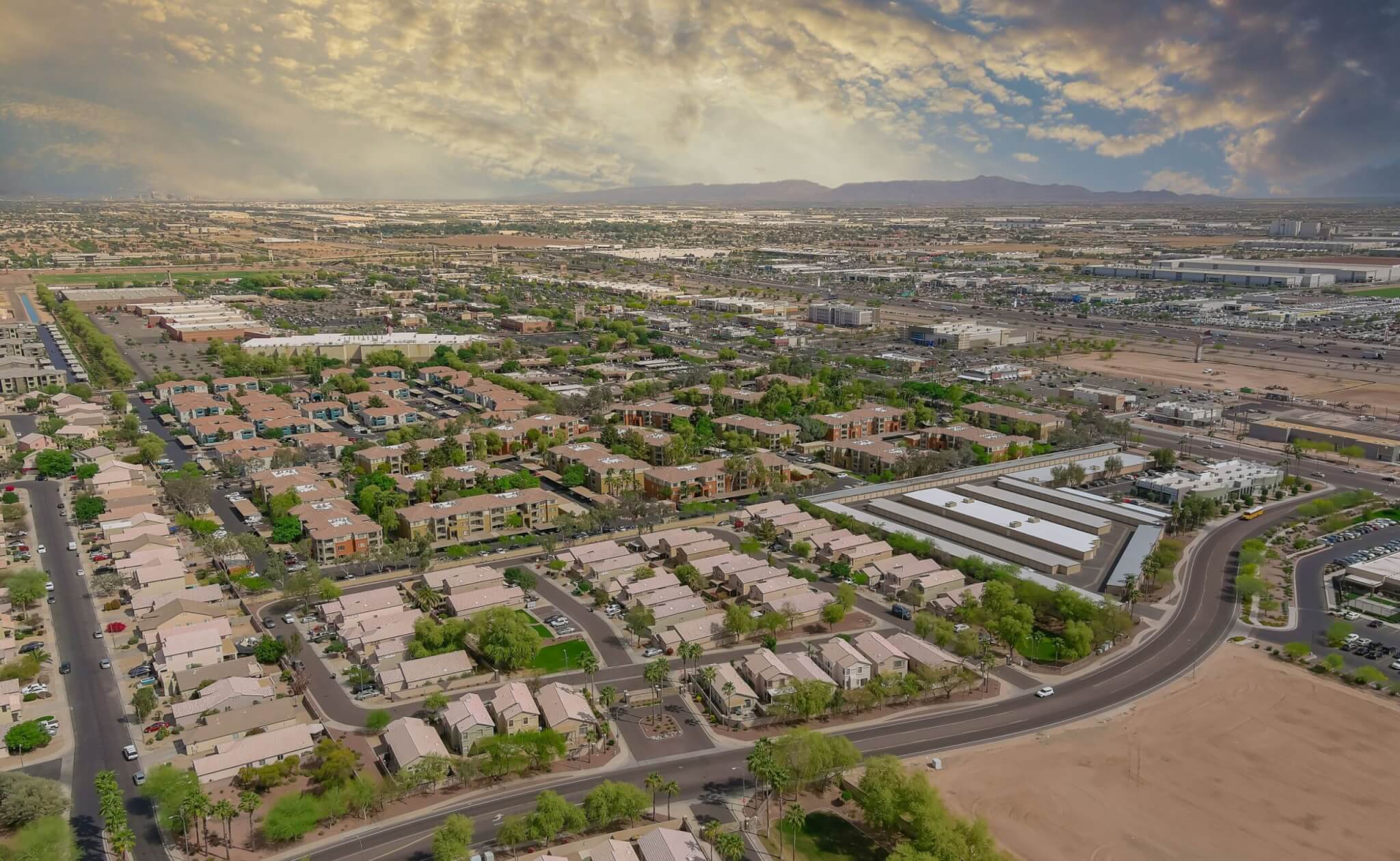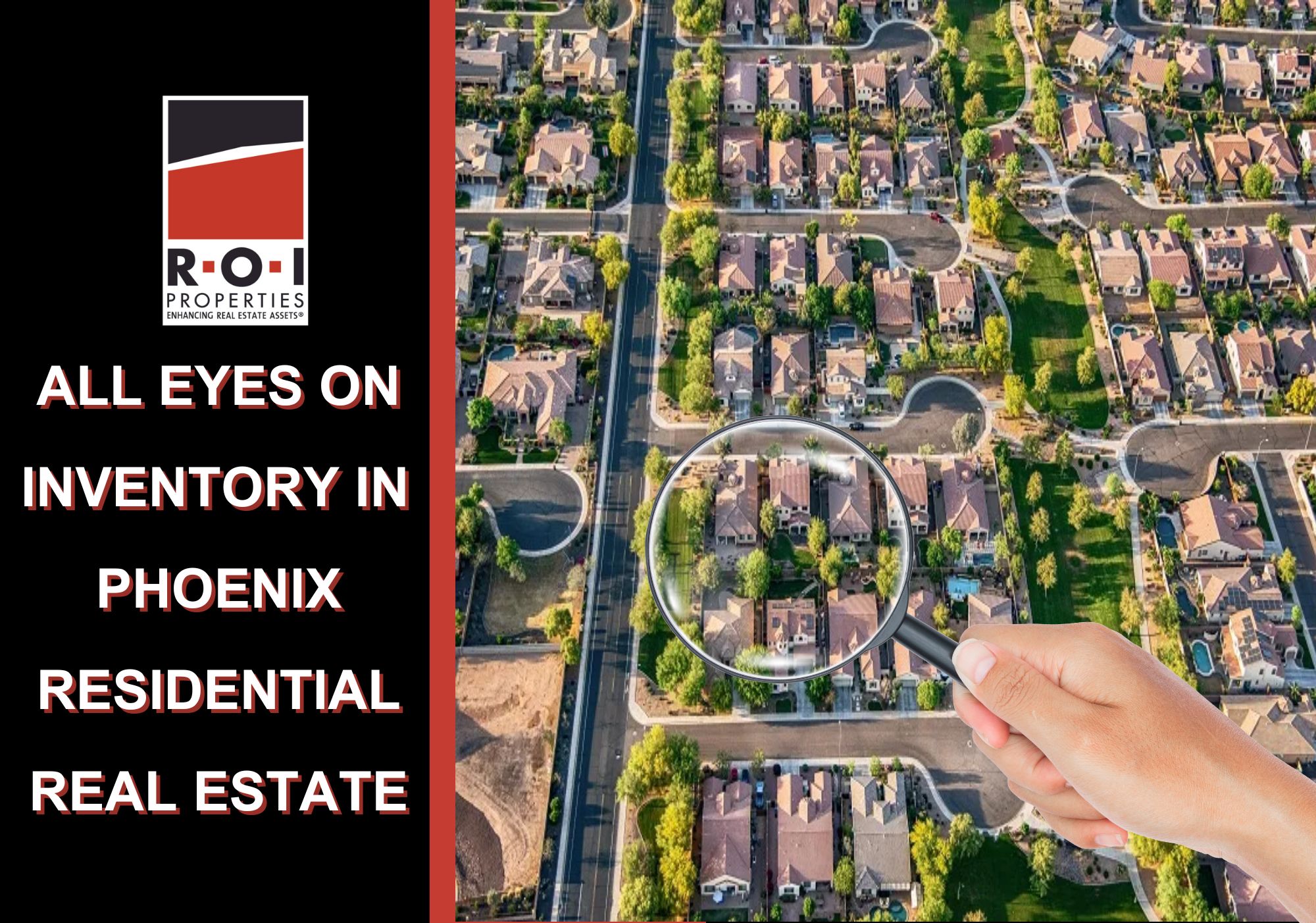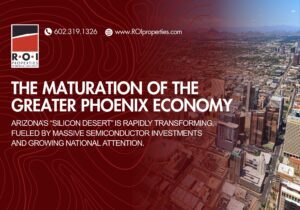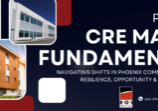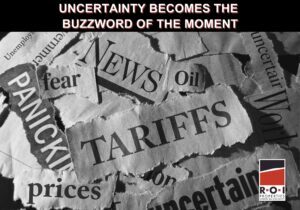A little over 2 months into the 2024-25 buyer’s market in Phoenix, the increase in inventory is beginning to impact pricing and deals. Although buyers technically have the upper hand, higher interest rates make it difficult to obtain affordable financing. Thinking back to 2021 and early 2022, rates were low enough that they were driving sales. That’s not the case now, with mortgage rates exceeding 7% and defying the recent Fed rate decreases.
At the beginning of the year, we usually see an increase in inventory—people are done with the holidays and are ready to commit to a sale. The other piece of the puzzle: The original concerns from a supply standpoint were in the entry-level and move-up segments, because they are the most impacted by interest rates. Now we are seeing changes across the market, with more luxury inventory hitting and more high-end properties sitting on the market for longer. The luxury season kicks off this month, but there is already a lot of product out there to fulfill that need.
If you start seeing signs springing up around your neighborhood, that means you have competition and need to manage your expectations—because supply and demand will eventually dictate lower pricing.
By the Numbers: Phoenix Residential Real Estate
Here’s a quick peek at the highlights since last month’s blog post:
- Active listings on the rise: Counts last month were the highest Greater Phoenix has seen since 2015 and 2016, giving buyers a level of choice they haven’t experienced in 9-10 years. (2015 and 2016 were both mild seller’s markets, because year-to-date sales were 19-23% higher than they are now.)
- Effects seen on all price ranges and property types: The final week of December saw about 5,200 more active listings compared to last year. Condo/townhouse listings composed 21% of them and single-family homes between $400K-$500K represented 19% of the total. The segments of of $300K-$400K, $500K-$600K, and mobile/pre-fabricated homes represented 14%, 11%, and 10%, respectively. The fact that 75% of the supply increase is in condos/townhomes, mobile homes, and single-family homes under $600K is good news for buyers in these markets.
- Supply remains below historic norms: Despite those increases, supply levels are still considered 13% below normal by roughly 3,000 listings.
- Closings down slightly from 2023: As of the end of December, there were just over 66,000 closed sales through the MLS, down about 1.4% from the end of 2023. For perspective: The worst year for sales in the MLS in the past 25 years was 2007 at 53,130 by year end. Closings to date are 26% higher than 2007 and 16% higher than 2008 when prices crashed.
- Year-end sales rebound: While 2024 sales were trailing 2023 by 4.8% by the end of September, Q4 saw a notable rebound in response to a period of lower mortgage rates and outperformed last year by nearly 13%.
Impact of Luxury Properties on Price Appreciation
We are still in a buyer’s market and the longer it stays here, the more likely prices could glide lower. Despite these expectations, price measures have been rising instead and causing some confusion as to why. The annual appreciation rate so far is 6.9% using average sales price per square foot and 5.2% using the median sales price. On the surface, these measures seem more reflective of a seller’s market rather than a balanced or a buyer’s market. Annual appreciation rates by price range are much lower, however, ranging between 1-3%, closer to the rate of inflation and more in line with market expectations.
How can overall sales price measures show a strong increase when measures by price range are flat? The luxury market is seeing a significant increase in contract activity compared to last year, comprising 14% of contracts in escrow. This has resulted in the market share of sales over $1 million rising from 8.1% to 9.8%. While that may not seem like much, in 2022 it was only 6.2% and in 2021 it was 5.9%. This increase in luxury market share, combined with the higher cost per square foot, is why overall appreciation measures are skewed high.
Let us help you find your perfect space!
Find a Residential Property